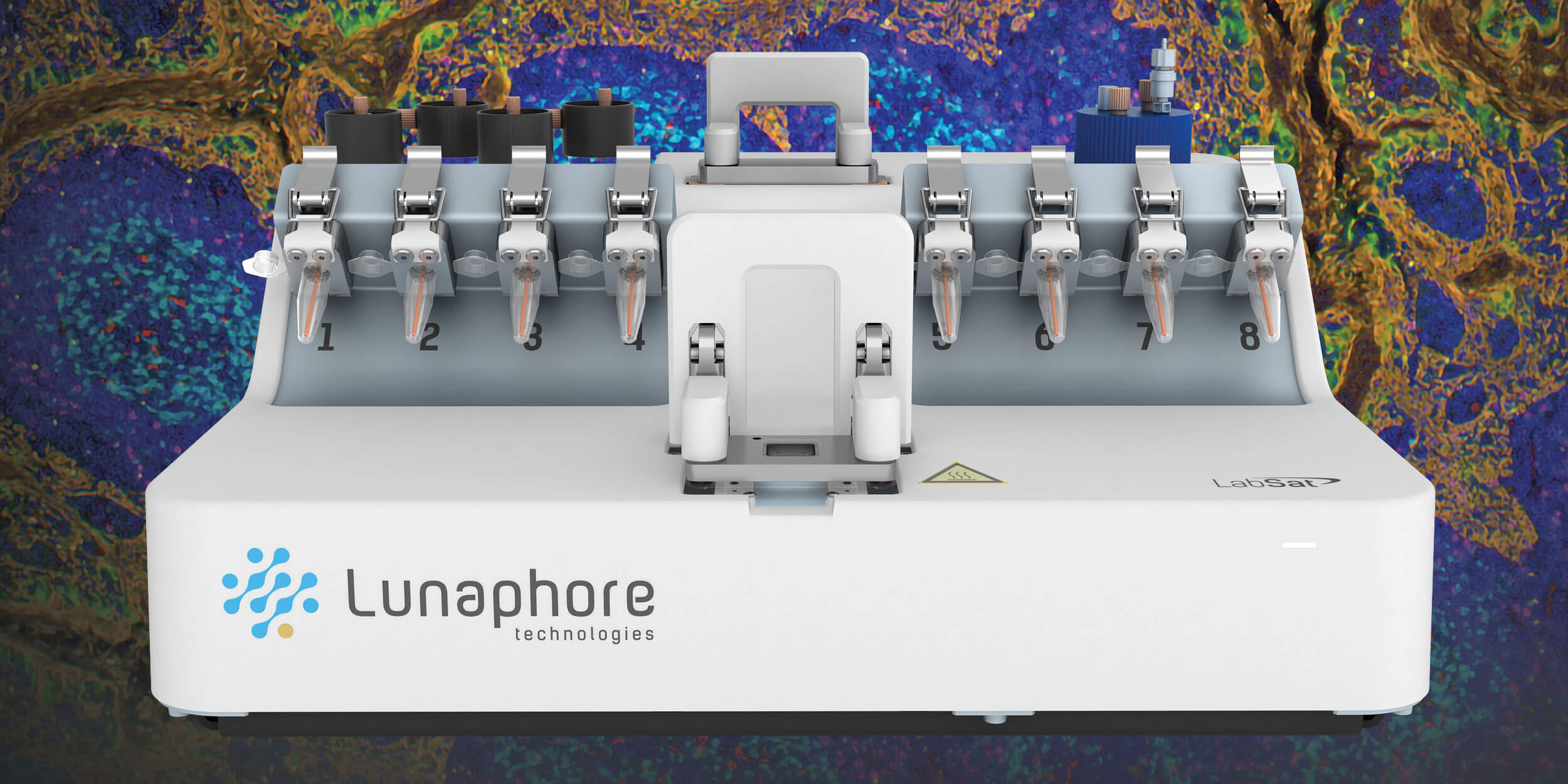Remote Controlled Chemo
Meet MAPSULES: metal iron-based nanocapsules that deliver targeted chemotherapy to solid tumors
Jamie Irvine | | 3 min read | News

Scientists and medical practitioners worldwide continue to investigate drug delivery methods that can improve treatment outcomes in cancer. Nanotherapies were once hailed as a promising approach to mitigate chemotherapy side effects, but they have fallen short in delivering desired nanoparticle concentrations to solid tumors. However, researchers from the Hebrew University and the Instituto de Microelectronica de Barcelona have rekindled hope by capitalizing on tumor-specific structures. Their solution involves the development of biodegradable magnetoplasmonic nanocapsules, known as MAPSULES, which can effectively eradicate tumors via remote-controlled delivery of potent chemotherapy to targeted tumor sites.
The study, published in ACS Nano Journal, demonstrates the positive therapeutic effect of MAPSULES in mice models of human breast tumors – not only boosting drug action but also minimizing damage to surrounding tissue. Indeed, in vivo trials revealed that tumors were successfully eliminated through intravenous administration at a concentration between 200 and 500 times lower than its therapeutic window.
Results also showed that laser irradiation of MAPSULES could increase therapeutic impact by generating heat locally in the tumor site. How? According to Borja Sepúlveda, researcher at Instituto de Microelectronica de Barcelona and the study’s principal investigator, the metallic iron nanolayer takes advantage of its plasmonic behavior to very efficiently absorb near-infrared light, which has a high penetration into tissues. Using this combination, the researchers can magnetically increase the concentration of nanocapsules in the tumor and amplify the therapeutic effect of the encapsulated drug using an external laser. After the external actuation, the nanocapsules degrade quickly, avoiding problems of bioaccumulation and toxicity.
The findings introduce the first design of a full nano-scale carrier containing large doses of chemotherapeutics with a thin external metal coating. “Creating an ‘Iron Dome’ of sorts for cancer, MAPSULES not only kill cancerous cells, but also protect the patient from unnecessary damage to healthy tissue, thus augmenting cancer treatment outcomes,” says Ofra Benny, researcher at The Hebrew University and study co-author. “With our discovery of MAPSULES’s efficacy, we can advance our solutions and offer a wide range of materials that can be manipulated and activated remotely to support a wide variety of therapies for diseases beyond cancer.”
Researcher Q&A
Featuring Ofra Benny
What inspired this research?
Over the years, we have realized that it is necessary to attack cancer from many fronts; often, a single arm of therapy is not sufficient to eradicate tumors. Inspired by material engineering from the field of microelectronics, we developed novel nanoparticles that provide a multi-functional drug delivery system that allows us to guide the drug/nanoparticle system to the site of tumor. We then heat the tumor remotely using a laser to kill the cancer cells.
Why is drug delivery for tumors a challenge?
Drug delivery in cancer is a major challenge. Cancer drugs are typically toxic and lead to adverse side effects in patients. Therefore, loading drugs in vehicles, such as nanoparticles can be an efficient way to enhance drug efficacy at the tumor site. However, passive nanoparticles may not be sufficient to transport the drugs to the right site in the body. We decided that an active approach to bring the nano-carrier to the tumor site may be more efficient. By adding metal such as iron we can use magnets to guide the particles to the site of the tumor and enhance the effect of the drugs. These remotely controlled nanomaterials can be also activated once in the right place. Such multi-arm damage was shown to be dramatically more effective in mice with tumors, compared to drug only without the targeting.
How do you see the future of biomedicine?
Many of the breakthroughs in biomedicine are the fruits of integration of many fields of knowledge that are currently maturing. The multidisciplinary concept of combining biology with material engineering opens up new horizons in medicine, drug delivery, and personalized therapy.
I write for the diverse audience of the pharma industry, covering everything from exciting research coming out of academia, to new facility announcements, and more. I'm particularly interested in cell and gene therapeutics, as well as the societal impact of medicinal drug development.















